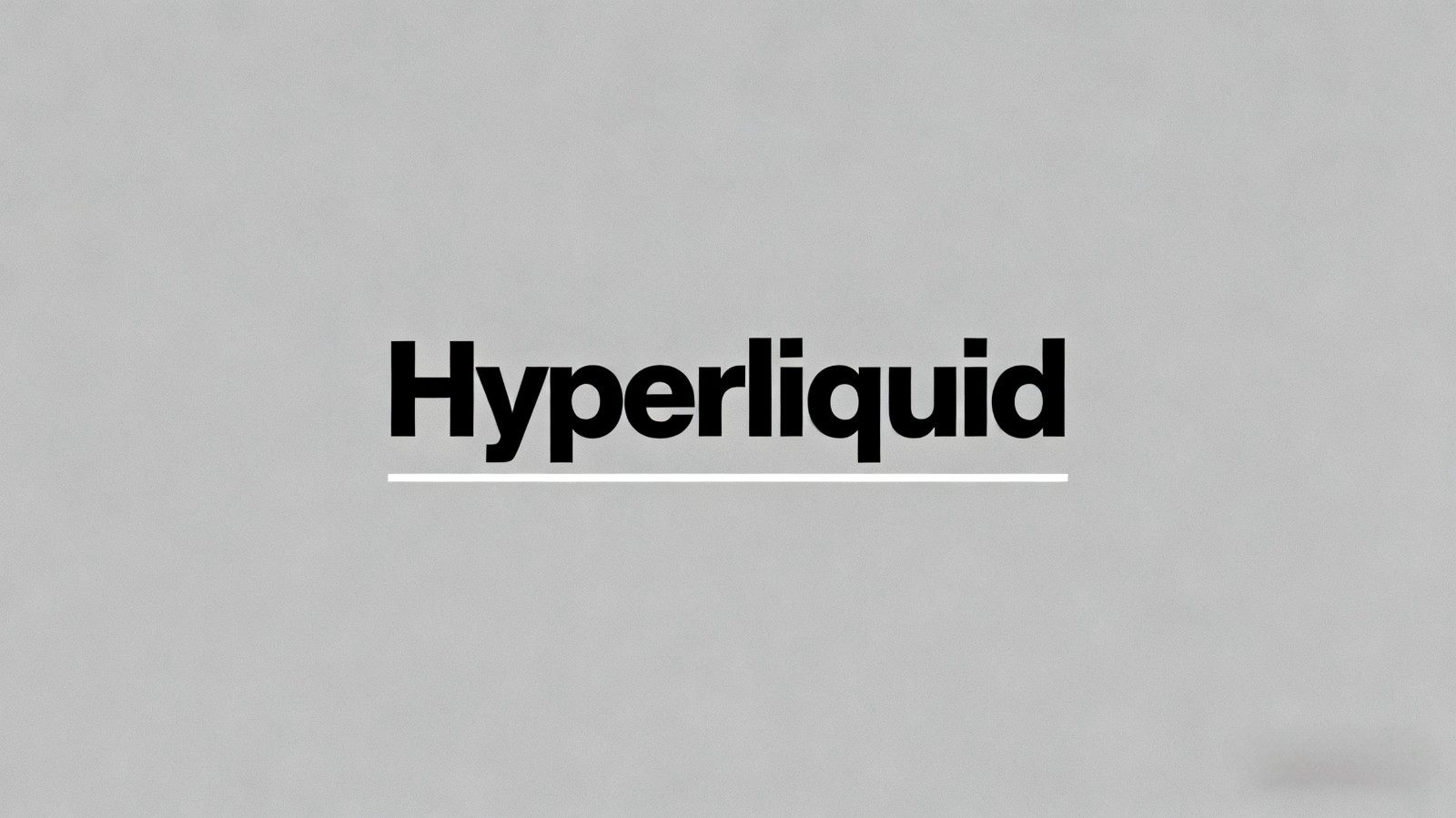
The on-chain derivatives market has been oscillating between idealism and reality over the past five years. Although "derivatives are the holy grail of DeFi" has become an industry consensus, limitations in performance and high costs have forced perp DEXs to make difficult trade-offs between "decentralization" and "smooth user experience." The AMM model represented by GMX addressed the issue of accessibility but struggled to compete with centralized exchanges (CEXs) in terms of liquidity and speed. Meanwhile, dYdX attempted an on-chain order book model but never fully overcame performance bottlenecks. The collapse of FTX once drove a surge of users to on-chain derivatives, but the momentum soon faded due to inadequate user experience.
Hyperliquid broke this deadlock. Instead of relying on existing public blockchains, it built its own dedicated L1 appchain based on Arbitrum Orbit, running the order book and matching engine entirely on-chain to achieve millisecond-level processing speeds. In other words, users can enjoy a trading experience on-chain that is nearly comparable to CEXs while maintaining the security of self-custody. Since 2023, Hyperliquid has continuously iterated, with cumulative trading volume surpassing $2.7 trillion to date, and its revenue levels even exceeding those of some second-tier CEXs, fully validating the market's genuine demand.
Even more groundbreaking is the HIP-3 proposal. It allows any user staking 1 million HYPE tokens to freely deploy contract markets, thereby expanding trading instruments to include stocks, forex, commodities, and even prediction markets. This marks the first time the boundary between DeFi and TradFi has been genuinely broken, enabling global users to access core traditional financial assets in a permissionless manner.
However, Hyperliquid is not without weaknesses. Its cross-chain bridge relies on a 3/4 multi-signature mechanism, posing potential centralization risks that cannot be overlooked. Its treasury strategy is not principal-guaranteed, meaning high returns come with the possibility of capital loss. Additionally, smart contract vulnerabilities, oracle failures, and liquidation risks during extreme market conditions pose challenges to the platform's stability. More importantly, it has yet to face major compliance and security tests, and the光环 of rapid growth often obscures underlying risks.
Overall, Hyperliquid’s rise not only proves the real demand for on-chain derivatives but also demonstrates the immense value of architectural innovation. It may not be the ultimate solution, but it has undoubtedly opened a new door for perp DEXs. In the future, as more projects explore and compete in this space, there remains an opportunity for the next giant that could reshape the DeFi landscape to emerge.
















